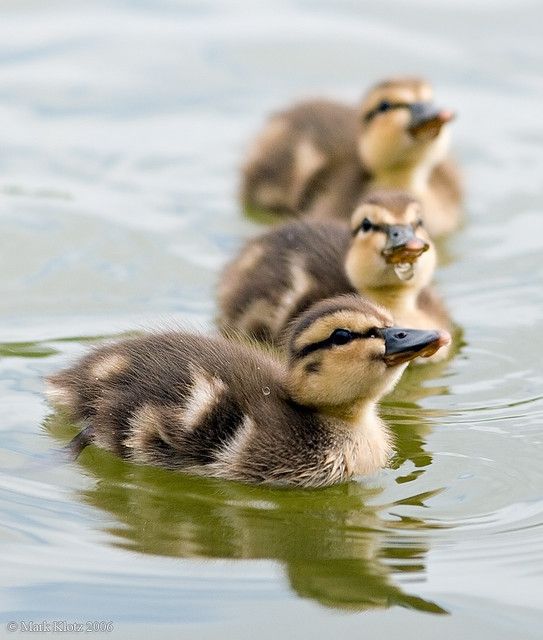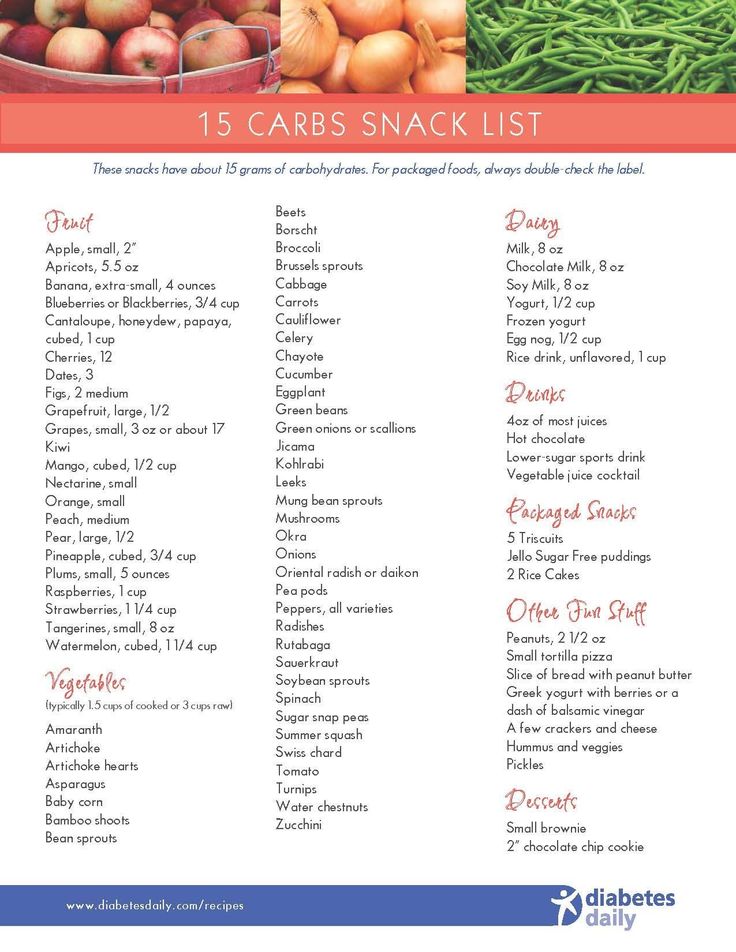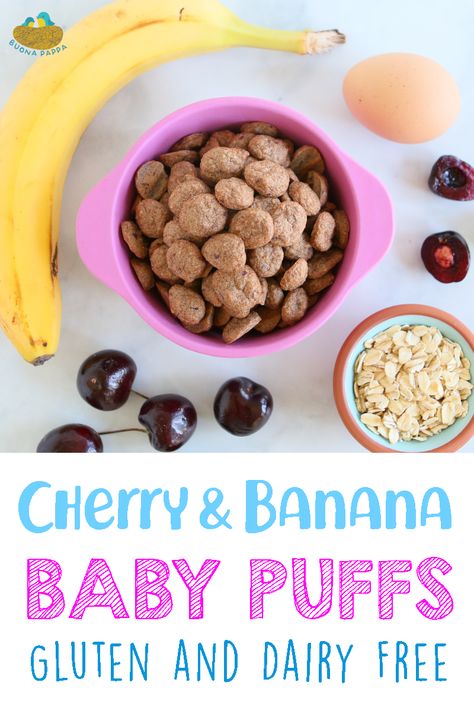Feeding baby mallard ducklings
What do Baby Ducks eat?
If you’re just getting started raising ducks, you may find yourself wondering what do baby ducks eat? This post provides all of the information you need when it comes to feeding and raising your baby ducklings.
Have you ever held a baby duck in your hands?! Oh my if you haven’t then you are missing out! First of all you need to go do that right now, and then continue to read.
I promise you, once you hold those little ducklings (or let your kids hold them), you will fall in love, and then you will need to read this post to know how to care for those baby ducks!
Ok, now that you are back and have cuddled those little ducklings, let’s talk about the most important part in caring for these adorable ducklings–feeding them. If you are like me, you are already busy feeding your crew of kids, so why would you want to add in feeding baby ducklings?! I’ll tell you why, because it is so stinking easy!
As you know, we have raised baby chicks before, and baby ducks (whether wild ducklings or domestic ducks) are very similar. What baby ducks eat is super simple. These eventual backyard ducks will be low maintenance, and will grow into free range eaters—if only our kids ended up this way!
Let’s jump into some helpful ideas from what you should and should not feed your baby ducklings to why it is worth raising and investing in these barnyard animals! From experience, I have learned a few tips and tricks to best care for these fluffy little friends.
What can I feed a baby duck?
You can feed baby ducklings many things. Baby ducks can eat healthy treats such as dandelion greens, chopped grass and weeds, meal worms, small insects, Swiss chard, kale, peas, other leafy greens, and even moistened oatmeal are all favorites of growing ducklings. Be sure that the grass and weeds are untreated.
But to start, we must teach ducklings to eat healthy, and not just eat those treats, right?!
There are ways to help new ducklings have a good start to their diet. Your goal is to provide healthy food so you have healthy ducklings that thrive the first weeks of their lives. If the mother duck is not around, it is up to you to step in and provide the next best option for a balanced diet.
If the mother duck is not around, it is up to you to step in and provide the next best option for a balanced diet.
To meet the nutritional needs of baby ducks during their first days, you can simply start with a fresh water bowl, clean water, and a scheduled feeding time (so you can remember to feed them consistently because they eat a lot!) at the beginning. Often times at a feed store, you can find chick starter feed that can be helpful as you begin to nourish these young ducklings.
Unlike chicks, ducklings need an extra Vitamin B for their bones and bills to grow correctly. If they are without it, your ducklings might end up with crooked legs and/or bills that curve up and do not close correctly.
Most duckling feed on the market contains that extra boost of Vitamin B that they need, but if you don’t want to buy extra feed, you can purchase chick starter and easily add extra niacin to their diet with brewer’s yeast. Just mix it with the starter feed – 1 pound of brewer’s yeast per 40 pound bag of chick starter is fine.
The important thing to remember is ducklings should only be on chick or duck starter feed for the first two weeks of age (as opposed to eight weeks for chicks), and then switched to the lower-protein content feed until they are about 18 weeks old. Then at 18 weeks, they can switch to the layer feed and eventually be integrated into a flock of adult ducks.
How much and how often?
Did you know that baby ducklings digest food quickly? Because of this they need food often. When you are feeding young ducklings, allow them to eat free choice, which means making food always available.
You want to make sure you are giving your baby ducklings opportunity to eat often because they are growing so fast! At the very least, feed ducklings three times a day intentionally. Particularly if you are wanting a schedule.
It’s fine to have dedicated feeding times for adult ducks, but it is not needed necessarily for ducklings. Ducklings need the availability to eat when they get hungry (kind of sounds like some kids I know who are always growing), so don’t worry about them overeating at this stage.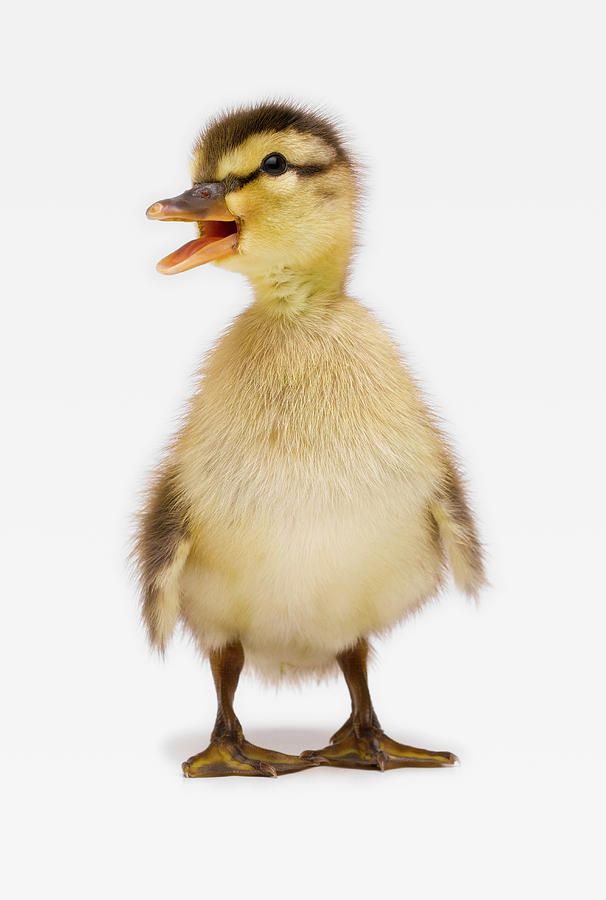
Your job is to make sure they always have access to food or are fed multiple times a day if you prefer a schedule. Feeding baby ducklings is a great way to get your kids involved in responsibilities and caring for other living things.
I can tell you that my kids are so anxious to care for these baby ducklings, that I have no probably handing over the feeding to them! It is a delight to be able to see my kids gain responsibility in caring so diligently for these animals! Plus, who does not want to snuggle a little baby duckling in between feedings?!
What fruits can baby ducks eat?
- Tomatoes (do not feed them the leaves because they are toxic)
- Pears (you can easily mash these up for them)
- Apples (be sure to mash a little bit so it is easier for the little ducks to eat- be sure not to allow them to eat the seeds)
- Bananas (mashed again, and be sure to avoid the peel- you can throw the peels in your compost!)
- Peaches (avoid the pit)
- Cherries (avoid the pit)
- Really most berries like strawberries, raspberries, blueberries, etc.
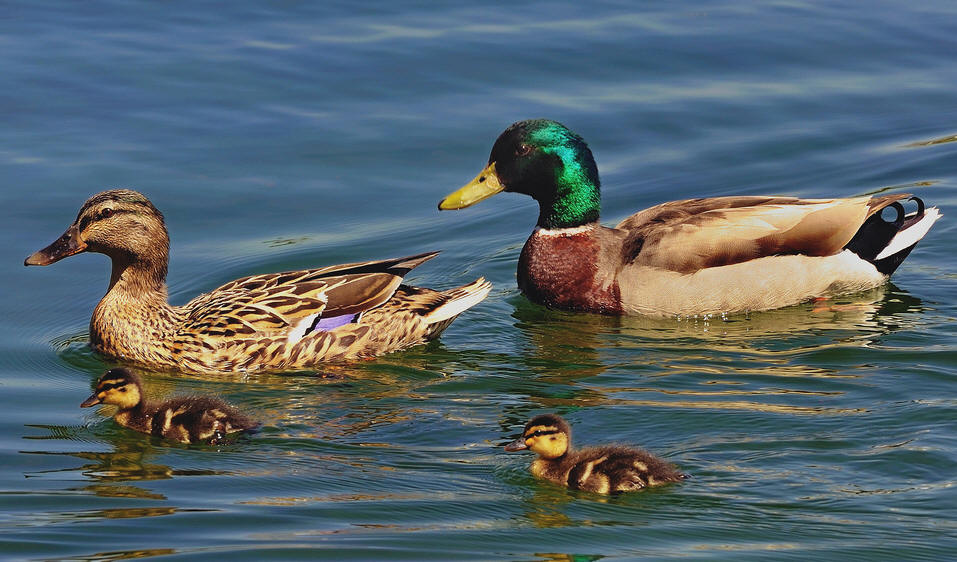
- Watch out for citrus fruits- you want to stay away from these as the acids from the citrus fruits can irritate their stomachs
What Vegetables can Baby Ducks Eat?
Did you know ducks don’t actually chew their food? Because of this you do not want long strands of grass or other foods getting caught up in their digestive system. Remember is important whether you are feeding young ducklings, older ducklings, or mature ducks.
- Cut grass (again be sure this grass has not been treated with chemicals)
- Kale (I like to make sure it is chopped up for easy digestion)
- Swiss Chard
- Radish and Turnip Greens
- Lettuces and other salad greens
- Cucumber
- Peas
What Not to Feed
Because ducks do not chew their food, they have a hard time digesting nuts and large seeds well. These can also cause choking or get stuck in the crop, so it is best to avoid these foods.
There are also some toxic flowers and weeds to be aware of as your ducks wander your property. Some of these include buttercup, daffodil, iris, lilies, lily of the valley, lupine, poppies, sweet peas and tulips.
Some of these include buttercup, daffodil, iris, lilies, lily of the valley, lupine, poppies, sweet peas and tulips.
Again, most weeds and herbs are safe for your ducks to eat, but milkweed, pennyroyal and vetch can all be toxic, so watch out for those!
I know we all think bread is a duck’s favorite since we grew up going to ponds and feeding the ducks our leftover bread. But, bread and crackers hold no nutritional value for ducks, so really if you can avoid it, it’s probably best.
How do you take care of baby ducklings?
Raising ducklings can be such a fun adventure, but you do need to be careful because you can easily lose these sweet babies to cold.
Though baby ducklings are born with down, they need to be kept warm until fully feathered. If they are the wild, they have their mother’s protection to keep them safe and warm which helps regulate their body heat. Their mother is the source of their warmth.
When you raise ducklings, you become their “mother” or their source of warmth.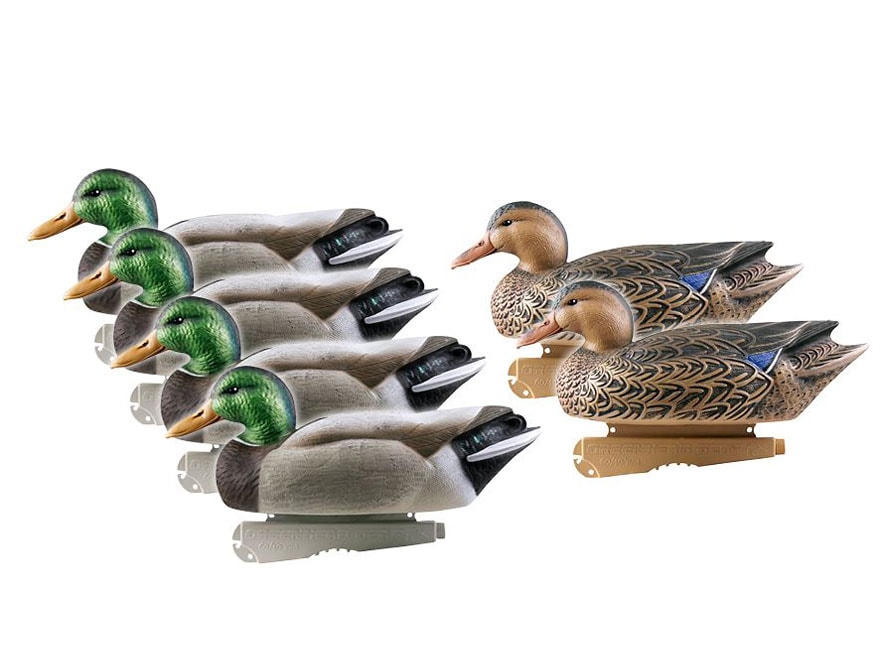 You will want to use a heat lamp or heat plate to keep them warm, usually only between two and six weeks, depending on the weather and how quickly they develop feathers. Luckily, baby ducks grow quickly!
You will want to use a heat lamp or heat plate to keep them warm, usually only between two and six weeks, depending on the weather and how quickly they develop feathers. Luckily, baby ducks grow quickly!
Ducklings need to be warmed with heat from the first day at 90°F for the first week. Then you can decreased the temperature by about one degree a day after that until they are acclimated to the outside nighttime air temperature and are fully feathered out.
I like to suggest putting the heating source at one end of your brooder (container you are housing the baby ducks in). This way the ducklings can move toward or away from the heat source as needed.
I also find it super helpful to check the temperature of your heat source! You don’t want to go in and find that your warmer is actually too warm or too cold. If the ducklings are huddled under the warmer it could be a sign that it may not be warm enough, and if they can’t get far enough away from it, the warmer may be too warm.
Why do people raise baby ducklings?
In the past few years, more and more people are choosing to raise their own animals, ducks being one of them. Do not be fooled, they are an animal and all animals take responsibility and care! But I have found so much joy in raising ducklings, I think you will too!
Ducks are good at searching wildly for food themselves, and can obtain a large portion of their food from just that. They do not require a lot, and can can easily be found finding their own food. Yes, please!
Ducks can also benefit your family garden if you happen to have one. They provide high nitrogen fertilizer and help control grasshoppers, snails, slugs, potato beetles, Japanese beetle larvae, and other pests. Again, yes, please!
Is it hard to raise baby ducks?
Like all animals, or humans, it does take responsibility and work to care for them! Nothing really is easy at first, but after a few rounds of baby ducks (and maybe even kids!) it gets easier, and you are more familiar with the routine of caring for them.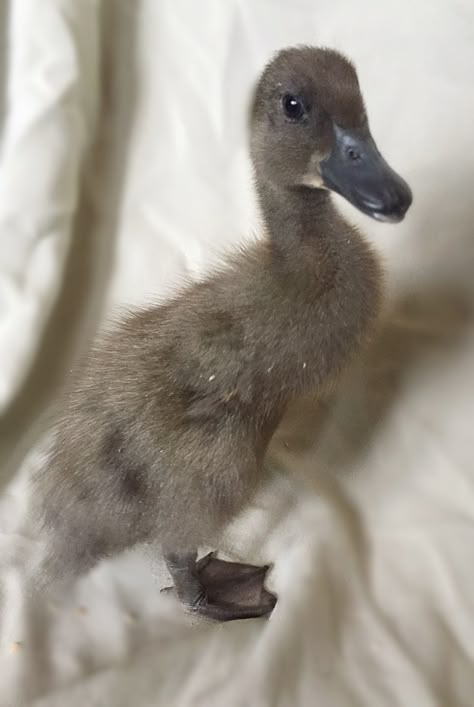
In the beginning, caring for baby ducks takes some intentionality as you are making sure they are getting the warm, water, and nutrition they need as growing little ducks.
But once they grow, (which have I mentioned how fast they grow?!) they do become a little more independent, and caring for them is not as tedious.
Be sure to check out my post on How to Raise Baby Ducks for more step by step ways to help with this process!
Is it Worth Raising Ducks?
From experience, I can say right away, yes! It is worth raising ducks! Whether you intend to have a pet duck, or ducks adding to the health of your garden and open space, it is worth the time and investment.
Did you know you can eat duck eggs just like you do chicken eggs? And, duck eggs are not only more healthy for you than chicken eggs, but they are also bigger! Plus they are quite tasty–have you tried them?!
Like a lot of animals we raise, we love to know what we are feeding our animals–what is going in them. What goes in our ducks, goes in us eventually through their eggs, so the knowledge of knowing what we are putting in our bodies through the animals we raise, is so comforting!
What goes in our ducks, goes in us eventually through their eggs, so the knowledge of knowing what we are putting in our bodies through the animals we raise, is so comforting!
I also love how much more gentle ducks are with my kids than chickens. Ducks tend to be social animals, so often I will find them following the kids or me around the yard! It is the funniest thing!
Compared to a lot of other barnyard animals, ducks actually get few diseases and parasites, making them a little less high maintenance when it comes to their health bill!
My favorite thing about raising ducks, and one reason why I think it is worth it, is because ducks are just plain fun! They do the strangest things and really are just funny animals. No need for Animal Planet on the television for the kids because they get so much entertainment in just watching and interacting with these fun pets on a daily basis!
Here are a few tips I have learned over the years of raising ducklings!
Do check the law and make sure your area allows you to raise and keep ducks! It would be shame to fall in love and take the time caring for these little fluff balls, only to find out that you are not allowed in your area to house them!
It’s always a good idea to offer high protein treats. If you want to give your baby ducks something besides their feed to eat, try dried insects such as black soldier fly larvae or dried shrimp which are a favorite!
If you want to give your baby ducks something besides their feed to eat, try dried insects such as black soldier fly larvae or dried shrimp which are a favorite!
Ducks love dried shrimp. Because the dried shrimp float on water and are easily digested they make a perfect high protein snack! And, ducks actually enjoy filtering through their water to snap them up. It is a win win if you ask me!
Float treats or snacks. Remember ducks aren’t chickens – they have round bills and cannot pick things up as easily off the ground So, to help them, it’s best to float the treats on water so your ducklings can easily dig them up. Plus remember they enjoy this little challenge!
Having water available with their food is helpful because the water will help soften the food since they do not chew it up. Remember baby ducks require a lot of water in take at first, so be sure to keep that water clean and fresh!
So, next time you are at the feed store and you see those little ducklings under the warmer, you might just think again about grabbing a few and trying your hand at raising those little ducklings! If you already have a nice open space, a garden, and available willing little hands, it might be a sign to try mothering some little ducklings!
Be sure to reach out and let me know how your first round of duckling raising goes! Or if you are an experienced duck raiser, I would love to know your thoughts on raising and feeding baby ducklings! Learning from others is such a treat because I know there are always more to learn about raising animals!
How to Care for Wild Baby Ducks: A Complete Guide
Note:
This article on how to care for wild baby ducks pertains to wild Mallard ducklings only.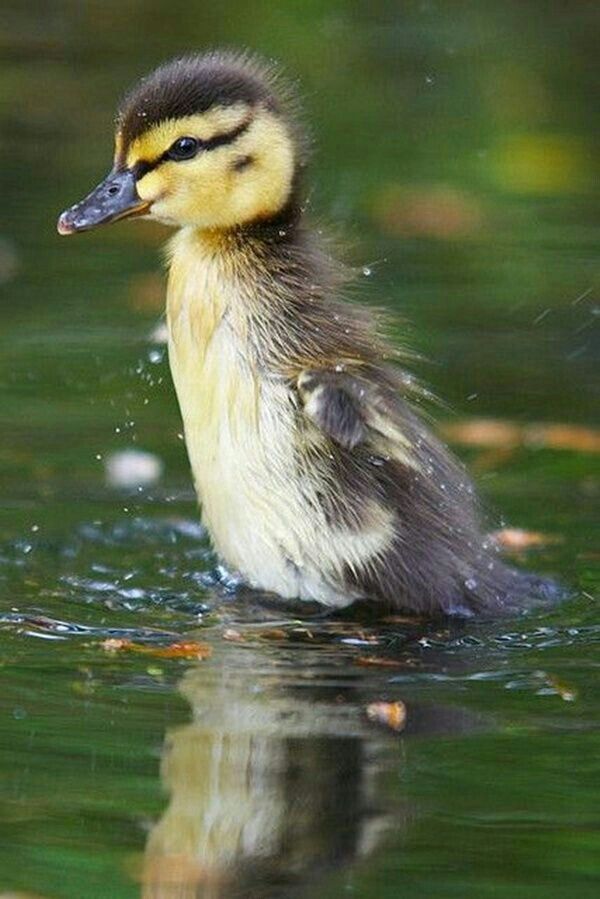 Domestic breeds of duck require different types of care.
Domestic breeds of duck require different types of care.
There is information on feeding domestic ducklings here.
Mallard ducklings are more likely to be found in the first 24 hours after hatch as the mother may have to lead them a fair way to water resulting in a few getting left behind. During the first week, out of a clutch of 12, she is likely to lose most of them. Most mallard mums will end up with 2-4 ducklings surviving to adulthood.
Although ducklings get straight onto the water after they have hatched, they will have already benefited from being waterproofed by their mother. Ducklings with no mother have to work much harder to waterproof themselves. You, therefore, need to exercise caution regarding any water they may be able to enter. A waterlogged duckling can drown or die from hypothermia surprisingly fast.
The first 24 hours
After they have hatched, the ducklings survive for 24 hours on the yolk sac they have absorbed just before hatching.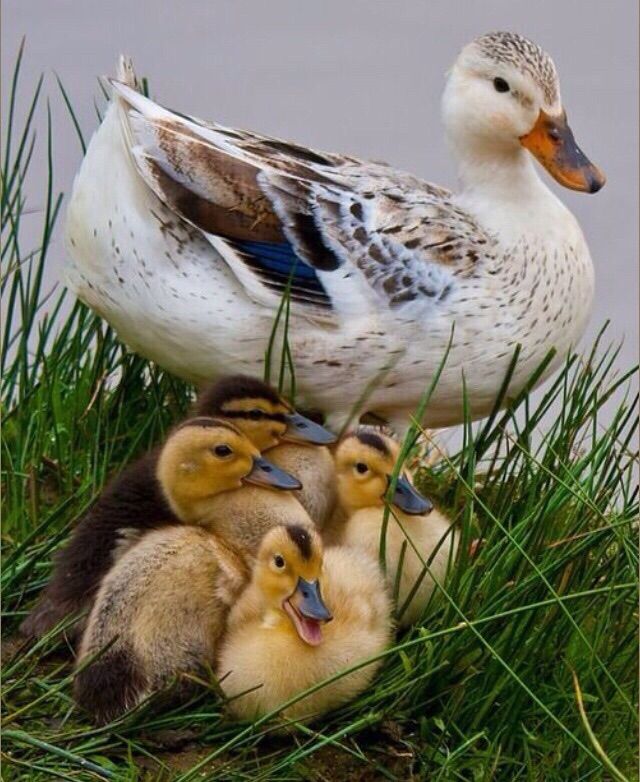 Consequently, they may not be interested in eating or drinking during the first few hours after rescue. They do, however, need to be kept dry and warm until they are ready to eat.
Consequently, they may not be interested in eating or drinking during the first few hours after rescue. They do, however, need to be kept dry and warm until they are ready to eat.
Rearing
If you can’t get your duckling(s) to an experienced person, keep them in a medium-sized, high sided box, with a hot water bottle under a towel at one end.
They will benefit from somewhere to snuggle where they can keep warm – a furry hat with ear flaps, placed over a covered hot water bottle is ideal, but do make sure they can get away from the hot water bottle if they want to. A duckling can also suffer from overheating as well as being cold. Don’t leave the duckling(s) in direct sunlight, behind a window with no shade or ventilation.
Occasionally, ducklings may benefit from being kept close to your body to keep warm if you can’t get them set up properly when they are first rescued. If the duckling is wet, use a soft towel/cloth, and dry until its down is fluffy again.
Bedding
You can use a towel, or puppy pads to line the box. Don’t use newspaper as this causes the ducklings to slip and their legs are delicate. Also, avoid straw at this age and never use hay, as it can harbour mould spores, which can be extremely harmful to ducks.
Routine
Try not to leave the ducklings unattended for more than 2-3 hours at a time. Nigh time is an exception but they will be up when it is light.
During daylight hours ducklings will have a routine of eating and drinking then preening then snoozing on an hourly basis (approximately)
If the duckling needs first aid, a solution of sugar water can be offered from a dropper into the end of its beak or in the nook/well of your thumb and forefinger. Do not syringe feed a duckling you may get liquid in its airway.
Feeding
For food, offer a jam jar lid with a small amount of hard boiled egg or crushed dried mealworms, crumbled with chopped oats. Also provide a shallow dish of water filled with pebbles. The pebbles protect against the duckling getting into the water where it could get waterlogged, or even drown. Never offer food without water.
The pebbles protect against the duckling getting into the water where it could get waterlogged, or even drown. Never offer food without water.
Handling
Don’t hold a duckling too tightly. Ducks have a complex respiratory system and have air sacs all around their body. Holding them too tight can cause breathing difficulties and even suffocation. Try to hold your hand gently around them, making sure there is always room for them to move around a little bit inside your hands. They are also quite bouncy so be prepared for them to try and jump out of boxes/hands etc. onto the floor!
Injuries
If your duckling appears to be injured or has been attacked by a cat or dog please get it to a vet as soon as possible. Ducklings often have leg sprains that are recoverable, however, a duckling with a broken leg will not survive in the wild. Puncture wounds from cats can cause bacterial infections, which can kill a duckling within 48 hours. If you can see a puncture wound on the duckling please point this out to the vet. Please note that ducks have holes for ears that shouldn’t be confused for puncture wounds.
Please note that ducks have holes for ears that shouldn’t be confused for puncture wounds.
If the duckling has been found in long grass check it for ticks. Ticks can be debilitating and need to be removed as soon as possible. They are usually located on the head and around the eyes. Please seek professional help to remove ticks if you are not fully comfortable removing them with tweezers.
This care regime can be used for 2-3 days. If you have the ducklings for a longer period, the following care will need to be put into place.
Feeding Mallard Ducklings
3 days to 5 weeks
From day old to 3 weeks feed starter crumbs formulated for ducks. Starter crumbs for chickens can sometimes be harmful to ducklings because they contain medication (coccidiostats). Ducks have different vitamin and mineral requirements so if possible choose a feed formulated for ducks.
Examples of starter crumbs suitable for ducks are:
From 3-4 weeks change over to duck and goose growers pellets, mixing the pellets in with the crumbs over about 10 days phasing out the starter crumb.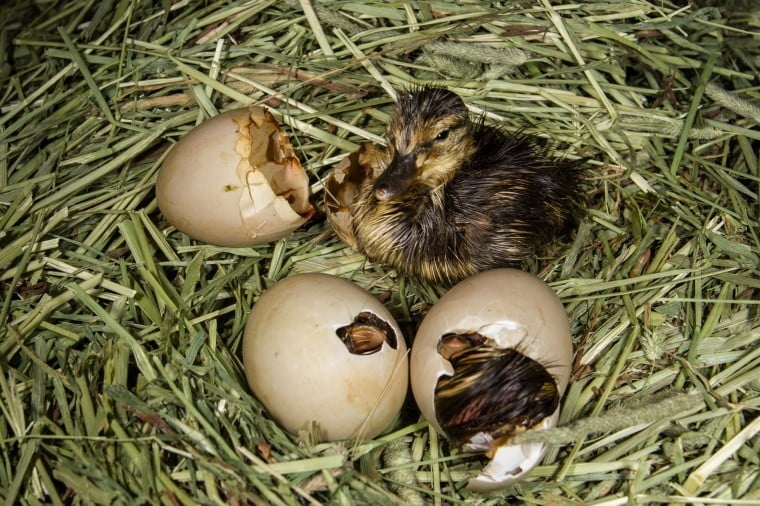 Do not feed the starter crumb at all after 4-5 weeks old, as the protein content is too high.
Do not feed the starter crumb at all after 4-5 weeks old, as the protein content is too high.
Tip: Angel Wing
Too much protein after 4-5 Weeks of age is thought to cause the wings to develop too quickly which may result in a condition called angel wing. A wild duck with angel wing will not be able to fly, and would be unlikely to survive in the wild.
A duck with Angel Wing5-9 weeks
From 5-9 weeks add in some whole wheat until they are happy with whole wheat scattered on the ground, as they near release time.
From a few days old ducklings must learn to forage for food. Provide shallow dishes of pondweed/water from rivers and streams. There will be tiny crustaceans and bugs in this water, which they will forage for. Supplement the insect life with a few crushed, dried mealworms sprinkled in the weed. Clods of turf served in water will also encourage natural feeding behaviour.
Prepare for the ducklings to make a considerable mess with this feeding, but do encourage it, as it will be vital for their future survival. Use mealworms sparingly, especially after 5 weeks of age, as they are extremely high in protein.
Use mealworms sparingly, especially after 5 weeks of age, as they are extremely high in protein.
Finely shredded romaine or round lettuce and watercress should be fed if natural greens cannot be provided.
Tip: Leg Weakness
If ducklings are showing leg weakness or a reluctance to walk properly then you can sprinkle a pinch of dried brewers yeast powder on their food for a few weeks as a supplement. Brewers yeast is rich in B vitamins that ducklings need. You can buy Brewers Yeast online or in health food shops.
Natural sunlight (not through windows) is vital for vitamin D synthesis and good bone development. Try and let the ducklings forage outside on grass from as early and long as possible if the weather is warm enough.
Water Sources
Drinking water must always be available. If you have one or two ducklings a shallow dish with pebbles will suffice as long as it isn’t left to go dry. Ducklings not only drink but ‘use’ a great deal of water and will get through a small dish very fast.
For more than two, provide a proper drinker.
Putting the drinker on a plastic tray will help to stop wet bedding. Ducklings must have an area available, which remains dry.
Water is essential and must always be available. Never offer ducklings food without water.
Temperature
How to care for wild baby ducks when there is no mum to keep them warm? Well ducklings can’t regulate their own body temperature until they have feathers. You need to control their environmental temperature to ensure they don’t get too hot or too cold. Unless ducklings are outside in the sunshine with no wind chill, you will need to provide supplementary heat for the first 1-3 weeks. Ideally they need a brooder, that’s adjusted as they grow. You can also use an electric heat source or lamp.
The Brinsea EcoGlow Brooder is ideal for ducklings. The small version will be OK for up to 5-6 ducklings, the larger one if you have more. Heat lamps are also useful but need hanging from the ceiling so are not as convenient.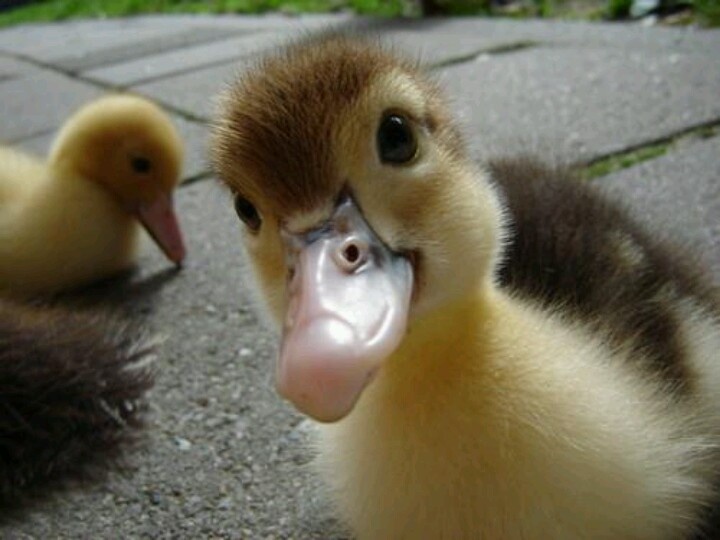 Floor standing brooders are also much safer.
Floor standing brooders are also much safer.
Heating while outdoors
If your ducklings are outside unsupervised for more than an hour, and are under 3 weeks old it is vital to provide them with a heat source in a dry area. Do NOT let them get wet and cold at this age.
Adjust brooders and heat lamps to the correct height as the ducklings get older. Always provide enough space for them to decide where they want to be. As a general rule, if they are huddling they are too cold, if they are panting and spread out they are too hot. Take note of their behaviour and you can adjust the temperature.
After 4-5 weeks they should not need a heat source unless you are in a particularly cold environment.
Bedding
When indoors, disposable puppy pads or towels are best. Change bedding at least daily. As ducklings get older (4-5 weeks) use chopped straw, dust free wood shavings or hemp style bedding. Never use newspaper or hay and always check that ducklings are not ingesting wood shavings or hemp if you choose this bedding. Outside time is vital and ducks should be on short grass. Avoid concrete if possible.
Outside time is vital and ducks should be on short grass. Avoid concrete if possible.
Indoor enclosures
For the first 2-3 days keep ducklings indoors. They need an area that they can move around in comfortably, where they can move between their drinker/food and their dry warm area.
Depending on how many ducklings you have, the area should be between 3ft x 3ft (up to 4 ducklings) to 6ft x 3ft (up to 12 ducklings). You can either buy brooder panels or you can make a high sided enclosure with stiff cardboard.
After 2-3 days they will enjoy having time outdoors. As already mentioned in the temperature section, they will need to be warm and protected from predators (ground and aerial). They must also be enclosed, so they cannot escape.
Outdoor enclosures
A 6ft by 6ft aviary is an ideal enclosure for two to six 2-3 week old ducklings. After that they will need more space, from 2-3 weeks old they will enjoy an enclosure at least 8ft by 18ft.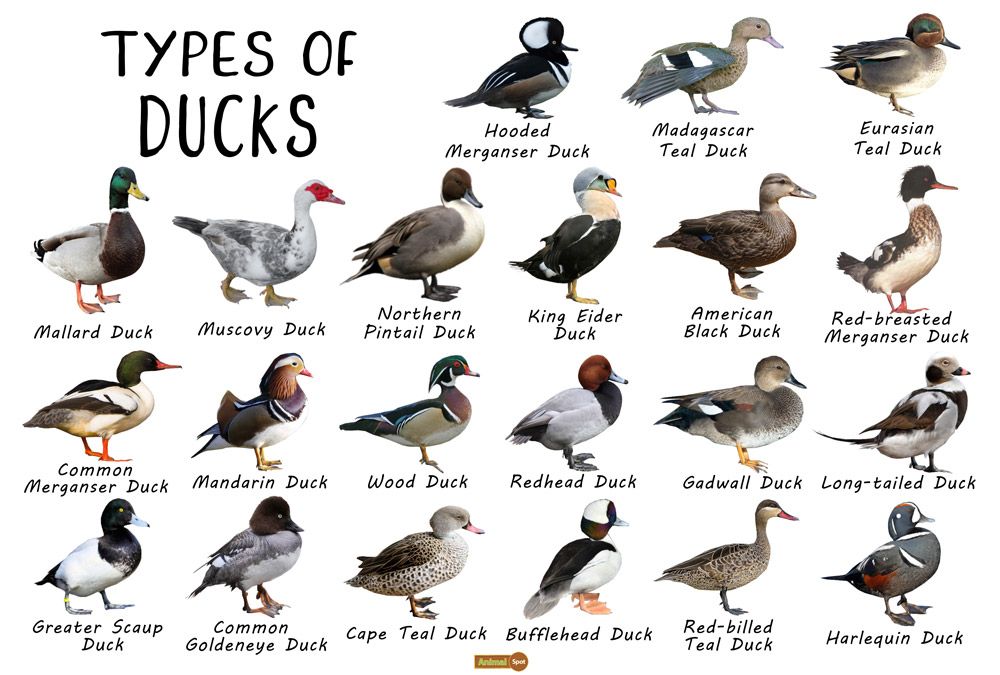 Enclosures can be made from the fine gauge plastic garden fencing that can found in stores like B&Q and garden netting can go over the top of the enclosure to protect from birds of prey or corvids and seagulls.
Enclosures can be made from the fine gauge plastic garden fencing that can found in stores like B&Q and garden netting can go over the top of the enclosure to protect from birds of prey or corvids and seagulls.
Tip: Outdoor Enclosure
The outdoor enclosure needs to have space for a drinker, food dish, brooder, bathing facilities and a shallow dish of weed.
It must offer protection from wind and have a covered area to provide shade as well as protection from rain.
From 3 weeks old, wild baby ducklings can have larger gauge netting such as plastic coated chicken wire. In the UK they are less vulnerable from corvids and gulls once they reach this age, but a mesh roof may be necessary if you live in an area with birds of prey present.
Even with all these precautions it is always best to check on the ducklings at least every half hour, even in good weather. If they cannot be checked with this frequency, it is safer to bring them into their indoor enclosure.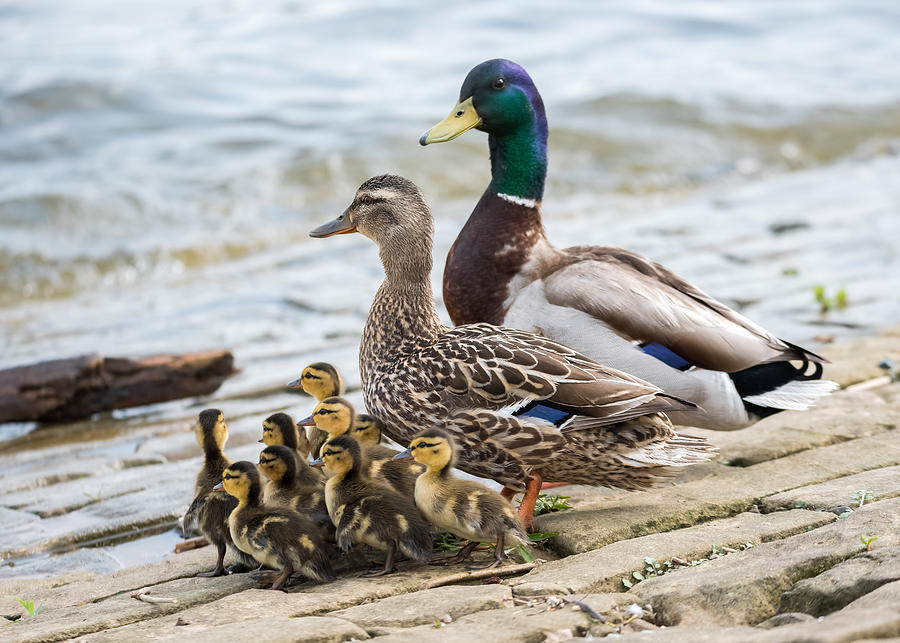
Electric brooders can be put outside and plugged into a garden extension reel providing you take the necessary steps to stop them getting wet. Shade is essential if the weather is hot.
Provision of bathing water
It is sensible to supervise ducklings up to 1-2 weeks old (or until you can see they are waterproof i.e. stay fluffy) when swimming. It is VITAL that they have an exit ramp that they can use to get out of the water.
Ducklings prefer a shallow incline to enter and exit water. Water should not be too deep. During the first week supervised bathing in the sink or bath is acceptable. Watch them at all times when bathing and let them bathe up to 5 times a day. Towel dry them then leave to preen in a warm place. Bathing and preening encourages them to use their oil gland, which will waterproof them.
Paint trays
Paint trays make excellent bathing facilities. The smaller trays for the first week and the larger ones until the ducklings are big enough to have a small pond or tub.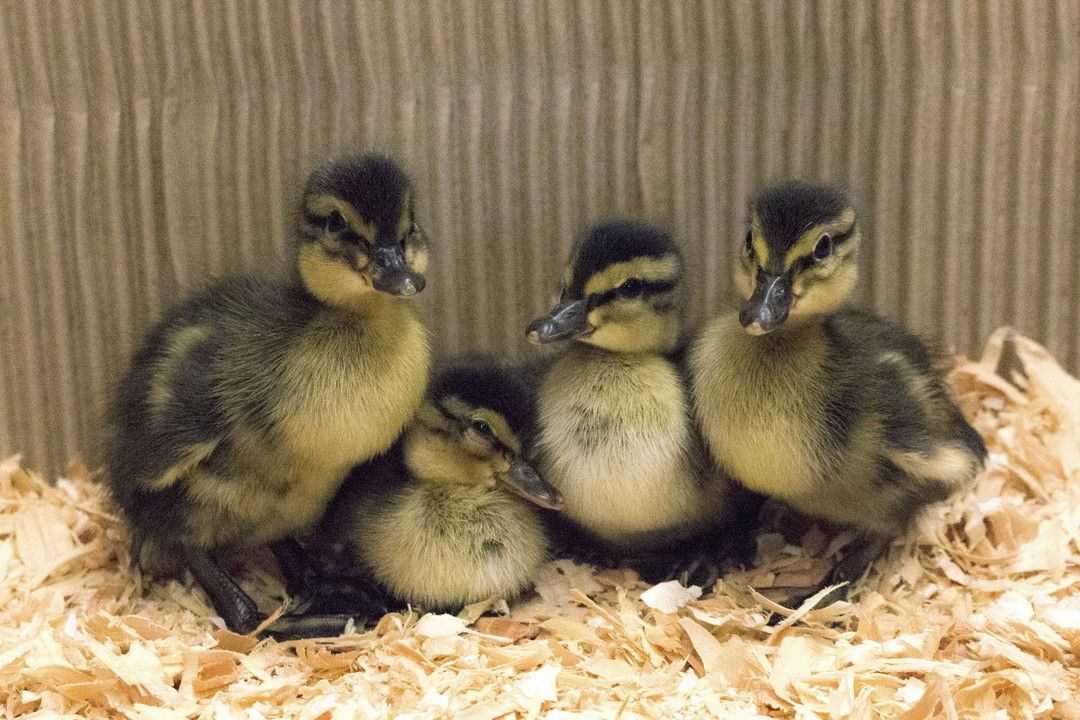 They may need a step up into the paint tray as they can be high off the ground.
They may need a step up into the paint tray as they can be high off the ground.
Strips of carpet are great for using as exit ramps in ponds. Stone pond liner as shown in the image below is ideal but can be expensive.
When ducklings reach 4-5 weeks, provide them with bathing facilities big enough to swim and dive and flap around in. This helps develop their wing muscles for flying. (They will still need an exit ramp).
Social requirements and imprinting
Will the duck know it is a duck?
Imprinting in ducks is a complex subject. There are two types of imprinting: Filial and Sexual. Simply put, filial imprinting will determine what species the duckling will see as a mother figure or who to follow. This type of imprinting occurs at hatch.
Sexual imprinting
Sexual imprinting determines what the duck sees as a mating partner. This develops over a much longer period, as the duckling develops into adulthood. Generally if you have a wild mallard duckling, the first thing it would have seen when hatched, is its mother and other ducklings. It should therefore imprint on ducks, and always know it is a duck. Even if you raise that duckling with only human company for the first few weeks of its life, it should still integrate with other ducks when reunited with its own kind.
It should therefore imprint on ducks, and always know it is a duck. Even if you raise that duckling with only human company for the first few weeks of its life, it should still integrate with other ducks when reunited with its own kind.
Tip: Single Ducklings
It is often the case that you find a single duckling. Place it with other ducklings as soon as possible, but if that's not possible, it can be raised on its own. Always provide a single duckling with a mirror and cuddly toy and try to avoid leaving it alone during the day.
In these circumstances, it is better to keep it with you as it needs company, ducks are flock animals and generally don’t feel secure on their own. Never release a single duckling socialising it with other ducks first. You need to seek specialist advice if you have a single mallard that has grown to adulthood with only human company.
Humanisation
Humanisation is different. Avoid letting the duckling become used to dogs and cats.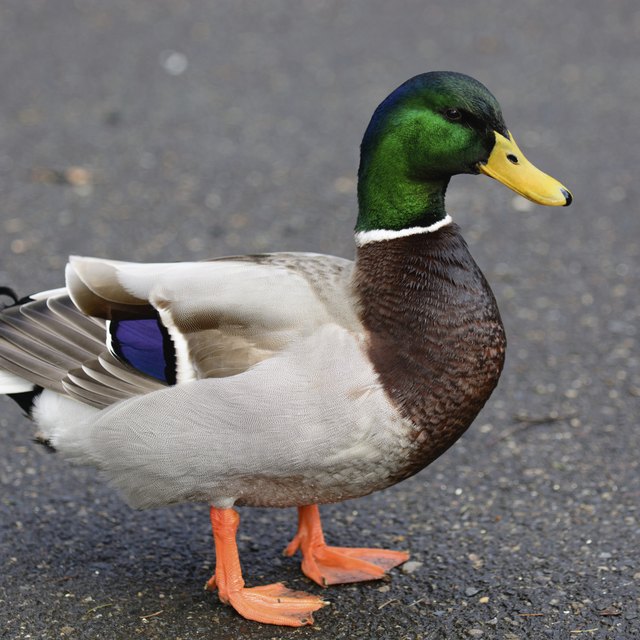 It will lose its fear of them, and will be more susceptible to predation when it is older. Additionally, try not to hand feed and cuddle the ducklings as they get older. They will associate humans with food and this may affect how well they can find food in the wild.
It will lose its fear of them, and will be more susceptible to predation when it is older. Additionally, try not to hand feed and cuddle the ducklings as they get older. They will associate humans with food and this may affect how well they can find food in the wild.
Release
If the location of the water source where the rescue took place is known, it is always ideal to release ducklings back to where they were found. This is easy if they have been found at a local park with a pond or a quay etc. However, much of the time ducklings are found in built up areas, or places far from a pond or river.
If you cant release back to their original pond then you must ensure they are released somewhere with water where there are other ducks.
What age to release?
The age that the ducklings should be upon release will depend on how safe and populated the area is. Ideally they should be released when they can fly, which is between 8-9 weeks. They can be released as young as 6 weeks if they are fully feathered and the location is safe from predators – such as a pond with islands and with lots of people around.
They can be released as young as 6 weeks if they are fully feathered and the location is safe from predators – such as a pond with islands and with lots of people around.
When released, young mallards like to tag along with older mallards to show them the way.
Please make sure you DO NOT release mallards in an area where there are no others. Any fast flowing rivers should be avoided, but a slow-flowing river which meanders through fields and marshes is ideal, as good cover and a good food source is available in such an environment.
At this age their flight feathers should be fully developed and the tips of their wings should cross over near their tail.
Feeding after release
If at all possible, you should return daily to feed them. Feed with whole wheat until they have had time to familiarise themselves with their environment. If released where humans feed other ducks, then they will adjust a lot faster.
Release first thing in the morning and take some whole wheat with you so they can feed. Stay with them until they venture onto the water. Don’t try and hustle them onto the water. At first they will be afraid; let them make their own way. This may take a few hours, so leave the day free so you can ensure they have settled onto the water.
Stay with them until they venture onto the water. Don’t try and hustle them onto the water. At first they will be afraid; let them make their own way. This may take a few hours, so leave the day free so you can ensure they have settled onto the water.
Go back to the same spot every day at the same time, for as long as you can, to bring them wheat. Wherever you decide to release the ducks, make sure you pre-plan it. Talk to the park supervisors, rangers or land owners first so they know what you are doing. Make sure you will be able to check on them every day for a few weeks.
Do as much research as possible into release options early on. If you live within ¼ or ½ mile of a water source and are not in a built up area, let the mallards go from where you are raising them when they are ready (if you can give the time to look after them for a couple of months longer).
Flight
When their flight feathers develop they will start to practice flying and will take little test flights.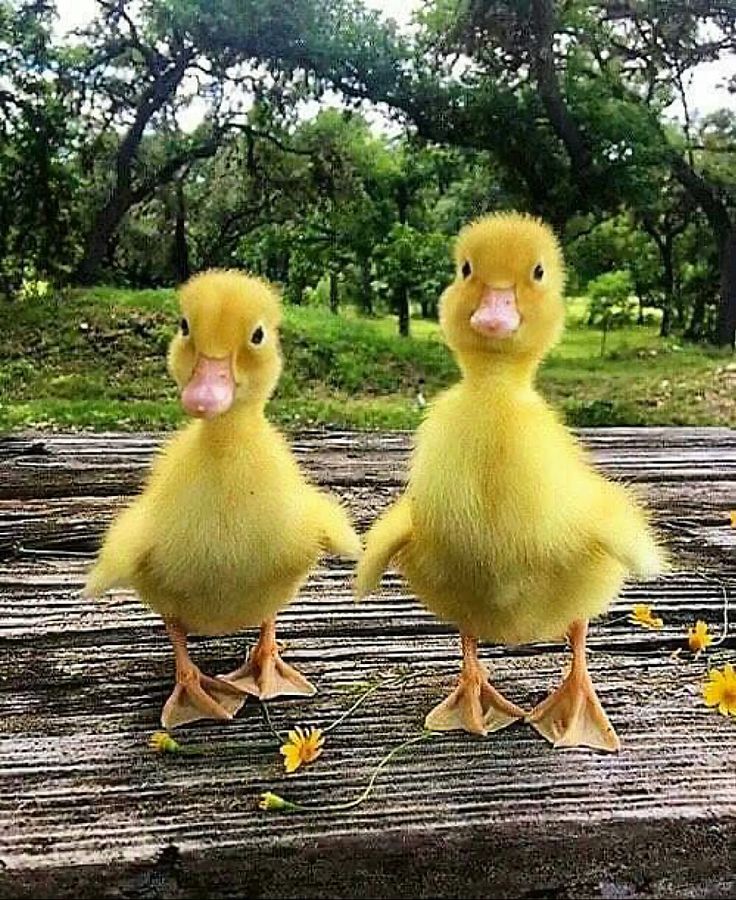 They will fly very short distances at first and return home.
They will fly very short distances at first and return home.
As they get stronger, they will fly higher and at this point they will be able to get a ‘birds eye view’ of their surrounding landscape. They will at some point go and investigate water sources.
It is likely they will keep coming home for a few weeks, then they may stay away over night, (usually during a full moon). Mallards usually take flight at dusk and dawn. They will appreciate food when they return home, but may stay away for longer and longer periods of time.
If you are lucky enough to have a pond on your garden, the mallards may decide to stay and become resident, in which case be prepared for more ducklings the next year!
Wing clipping
Do not ever clip the wings of a wild mallard, nor keep it enclosed after it can fly to ‘try and keep it safe’. Although quite used to humans in lots of areas, mallards are still wild birds. Flight is an essential part of their life.
Unless there are exceptional circumstances and the duck is disabled in some way, ALWAYS give mallards the option of flight, even though some may never fly further than the end of your garden.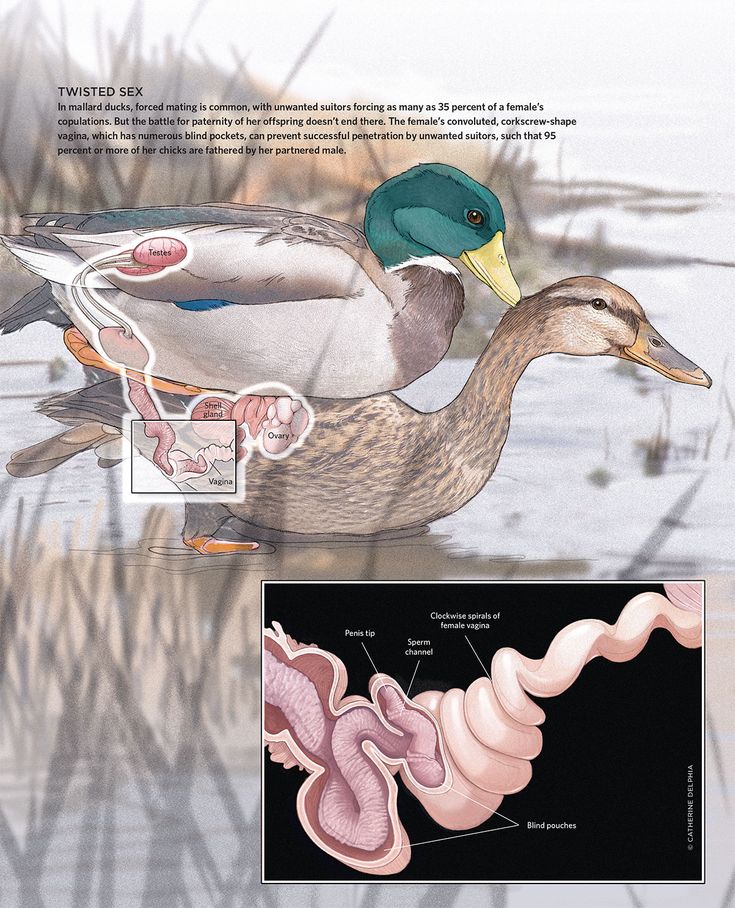
Release is both the saddest and the happiest of experiences. Watching rescued mallard ducks you have raised, fly away, is a privilege few people get to experience.
Legal considerations (UK)
When you come across any abandoned or injured wildlife you need to be aware of legal considerations. Without going into detail you must never take an animal from the wild unless you are 100% sure it is injured, abandoned or orphaned.
Ducklings often get separated from their parents and are often on ponds or grass alone. Their mum may not be anywhere in sight. Leave them alone unless:
- Injured
- Cold and wet
- Out of water / sinking in water
- Being attacked or is in imminent danger
- Found in an isolated area with no other ducks around
If you are concerned please try and watch it for at least 2 hours before you remove it. A ducking should look fluffy, rather than wet and slick.
Once you have them, you must go to reasonable lengths to get them professional care at either a vets or a wildlife rescue organisation.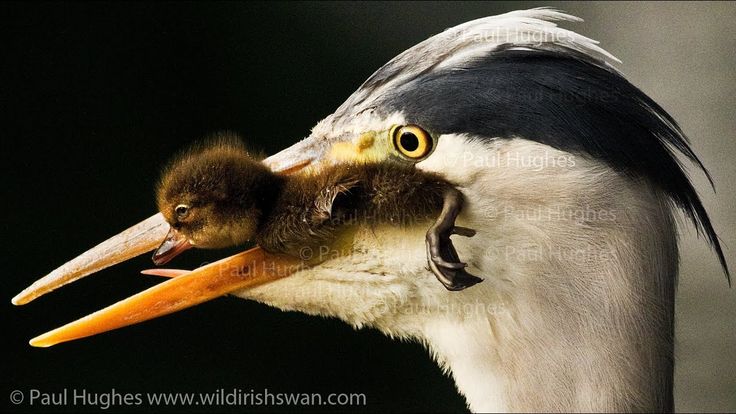 You must not release a duckling back into the wild until it is able to survive on its own.
You must not release a duckling back into the wild until it is able to survive on its own.
If the duckling is on private land try and seek permission from the land owner.
Sexing Mallards
Mallards all have the same plumage until about 7-9 months old when the drakes develop colourful feathers. You can tell their sex from about 8 weeks old by their voice.
The drakes have a nasal ‘raab’ sound, and the females have the more traditional quack. Drakes also tend to develop a greenish hue with black to their bills, while females are more orange/yellow with black.
Are you interested in seeing photos of the many breeds of domestic ducks? Then check out our Duck Breeds photo page.
There are also many other articles about keeping ducks in this section, including our Beginners Guide to Keeping Ducks.
I hope you found this guide on how to care for wild baby ducks useful. Please leave a comment below and tell me how you got on!
How to feed a wild duck at home: compiling a menu for a chick
02/18/2022 22 654 21 home conditions.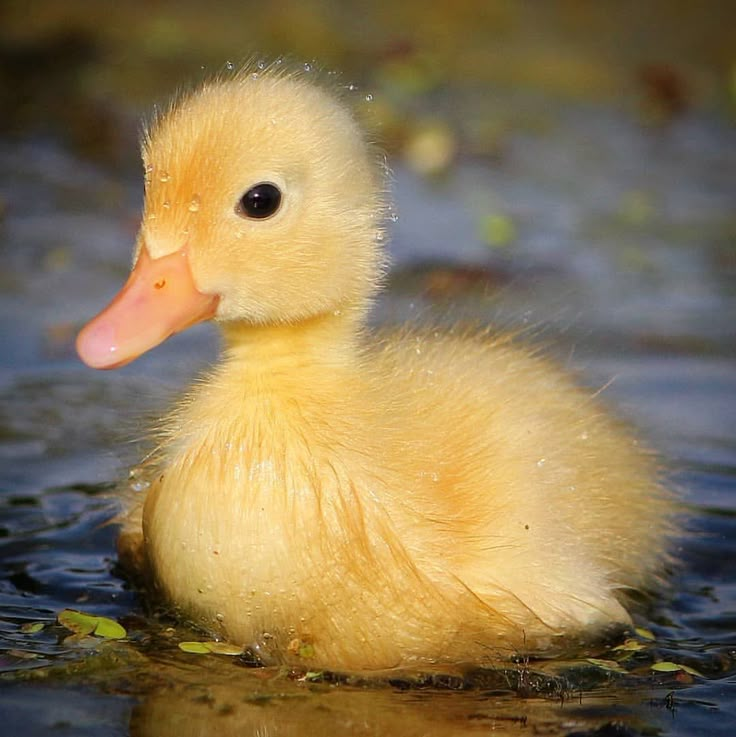 With patience, you can get a small herd. This is due to the fact that birds are unpretentious in keeping. Caring for ducks can bring a lot of positive emotions. And in this review we will talk about how to care for them and feed them.
With patience, you can get a small herd. This is due to the fact that birds are unpretentious in keeping. Caring for ducks can bring a lot of positive emotions. And in this review we will talk about how to care for them and feed them.
Contents:
- 1
Features of wild ducks
- 2
How to keep
- 3
Feeding wild birds
- 310 .900
Birds love to swim
Additional recommendations
Video “Wild Bird Drilling”
Features of wild ducks
Wild ducks do not need special conditions of detention. They do not need to be fed any specific food. There is no need for additional heating of the house, there is no need to arrange special cages. In addition, you do not need to purchase an incubator. This makes raising birds easy even for beginners.
As shown by numerous videos, wild ducks can live both in winter and in summer in a simple brick shed.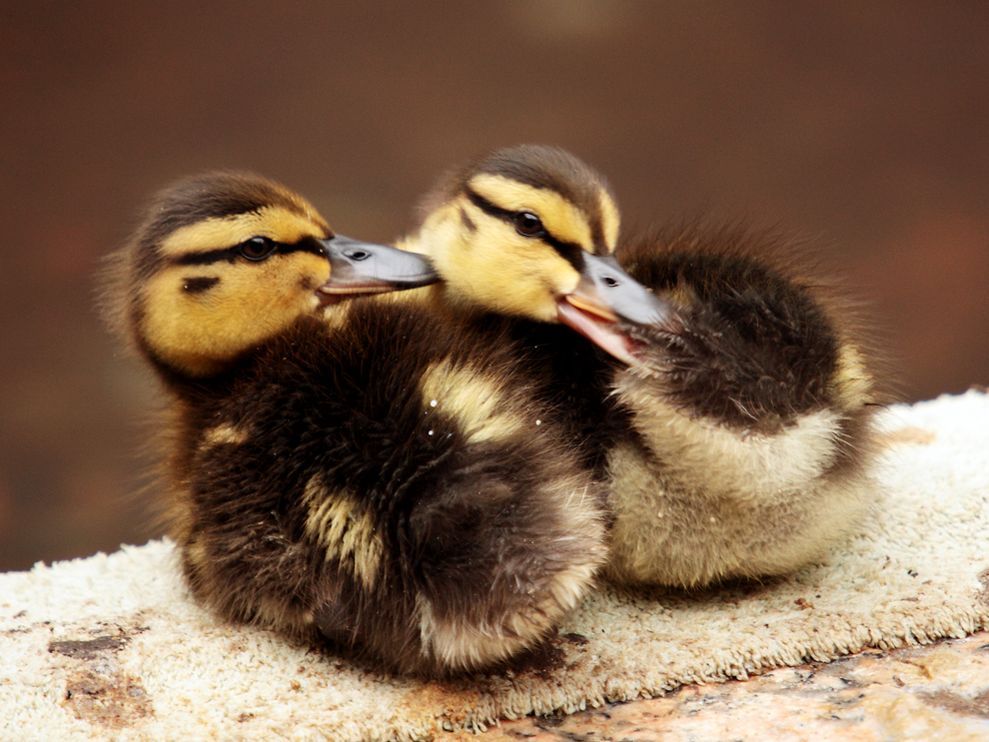 For full-fledged breeding, you will need to design a special corral, enclosing it with a net. Ducks are able to easily endure low temperatures, coping well with adverse conditions.
For full-fledged breeding, you will need to design a special corral, enclosing it with a net. Ducks are able to easily endure low temperatures, coping well with adverse conditions.
The summer period can be called the bathing season. Ducks at this time try to spend as much time as possible in the water, to swim.
Birds require the same amount of water in both winter and summer. Poultry farmers will need to ensure that the drinker is constantly filled. In addition, the water must be fresh. In the summer, greens and small fish should be added to the duck's diet.
Keeping wild birds in bad or hot weather may require the construction of a special shelter. Under it, ducks can hide from the sun or rain.
With the onset of warm weather, females begin to build nests and incubate eggs. Little ducklings hatch into the light. Wild birds are considered magnificent mothers. They are excellent at incubating eggs.
The drake also takes an active part in the upbringing of ducklings.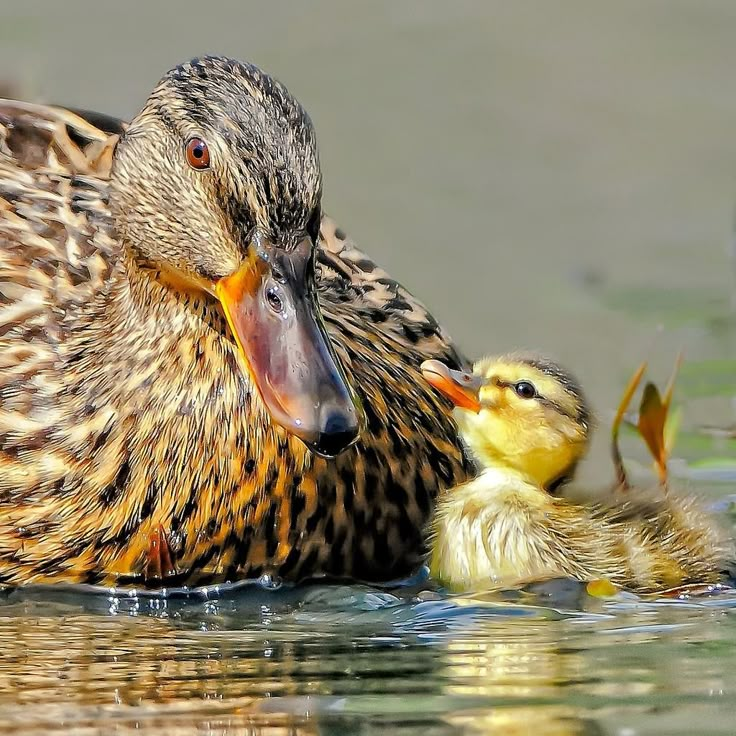 He is next to the offspring, guarding him. You should know that on the 70th day the drake begins to molt. Therefore, it must be sent to the slaughter earlier. Otherwise, it will be difficult to pluck it.
He is next to the offspring, guarding him. You should know that on the 70th day the drake begins to molt. Therefore, it must be sent to the slaughter earlier. Otherwise, it will be difficult to pluck it.
The video will show what wild ducklings look like when they live at home.
How to properly care for
Experts in numerous videos say that ducklings need warmth. Breeding chicks at home, it is required to equip the house with special equipment.
You can use some tricks:
- You can construct a wooden box by placing it on the racks.
- The inside must be lined with foam.
- Place a container filled with hot water in the drawer. Volume - 10 liters. From above, the box should be covered with a blanket or pillow to provide thermal insulation.
- Cut a hole in the side wall through which the ducklings can get to the heating pad.
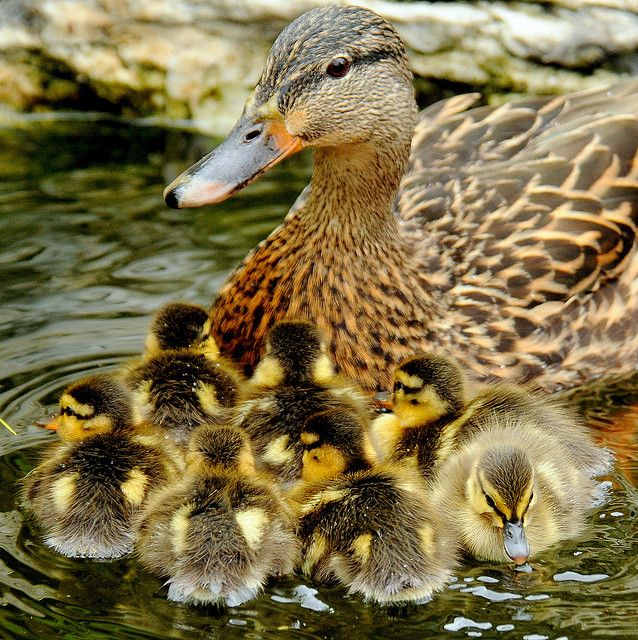
This design is able to retain heat for 8 hours. In the first 7 days of the life of young chicks, a high temperature (28-30 degrees) should be maintained on the floor. After two weeks, the level must be reduced to 22 degrees. In three - to 16.
As numerous videos show, the easiest time to take care of baby ducklings is during the spring months. For a duck, it is enough to enclose a space in the yard. The main thing is to make sure that the chicks are protected from drafts.
Important! The room with young birds should be constantly lit. This will help the birds get used to the new conditions and environment. Subsequently, it will be possible to reduce daylight hours.
Wild ducklings are not indifferent to water. Numerous videos serve as excellent proof of this. However, experts do not recommend letting them into water bodies until they are 20 days old. If the chicks start swimming in cold water, they can catch a cold.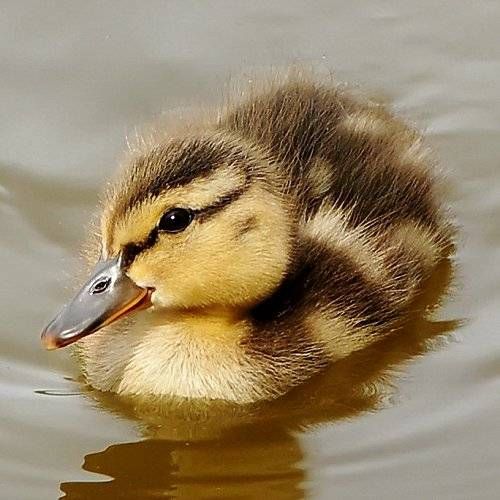 Therefore, it is enough to put a container of water in the duckling.
Therefore, it is enough to put a container of water in the duckling.
Feeding wild birds
Ducklings should be fed once every two hours until they are 5 days old. Boiled and chopped eggs mixed with millet or barley grain should be added to the diet. It is also recommended to include greens (nettle, dandelion, clover) in the diet without fail.
As shown by numerous videos, birds love to eat mash, which is based on fermented milk products. Fish oil can be included in such food.
An approximate ration for a duck should be as follows:
- Grain in ground form (20%).
- Wheat bran (10%).
- Various legumes (10%).
- Cake (7%).
- Half of the diet should consist of greens.
- The rest of the diet falls on chalk, salt, shells.
As soon as the duckling is one month old, it is recommended to feed it three times a day. Experts in numerous videos recommend including potato or carrot tops, food waste in the diet.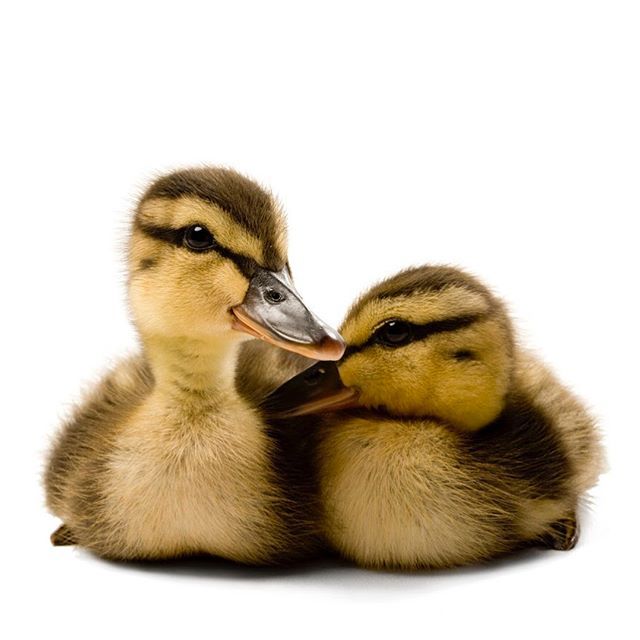 A real delicacy is duckweed and other vegetation growing in open water.
A real delicacy is duckweed and other vegetation growing in open water.
What should birds not eat?
Do not add sour food to the diet of ducklings. This is bad for their digestion. Experts in numerous videos claim that it is not recommended to feed waterfowl with bread. The greatest danger is the black edge, which can cause fermentation processes in the gastrointestinal tract of the duckling.
Birds love to swim
Raising a wild duck at home means that it must be released into the water. It is recommended to do this after the age of the chick exceeds the three-week mark. At first, they should swim no more than 3 hours a day. As soon as four weeks old, you can allow ducklings to swim at least a day and a half.
It is necessary to teach the duckling to return home from the pond on its own. To do this, you need to feed him regularly in the evening. The young will understand that food awaits at a certain time. The task can be simplified if an adult bird swims with ducklings.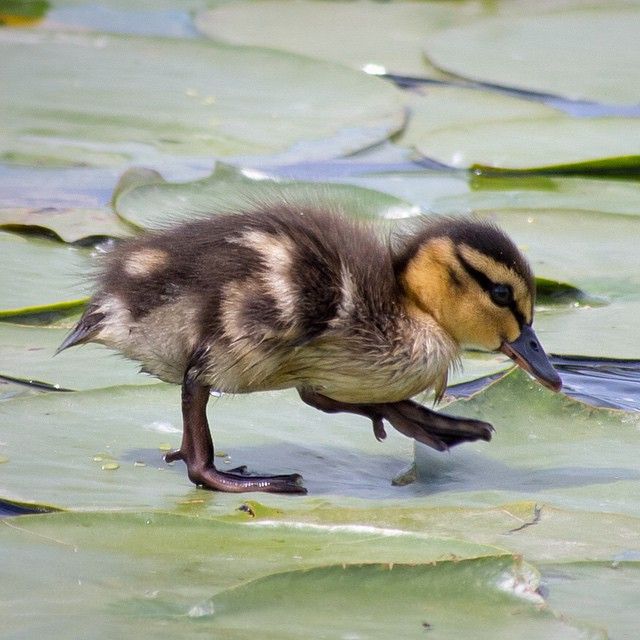
Additional recommendations
Quite often, wild ducks are bred for meat. In this case, it is important not only to send them to the slaughter in time, but also to know how to pluck. There are many methods. However, you need to know some nuances.
Birds can be plucked hot. However, there is a high probability of discoloration of the meat. Therefore, after this method, it is better to cook the bird immediately, and not store it. If you plan to keep the meat in the refrigerator for a while, you can pluck the duck using the dry method.
If you decide to use the hot method, do not rush to remove the feathers immediately. Otherwise, you may damage your skin and burn your hands. Allow the bird to cool before plucking.
Video "Breeding wild birds"
The video will demonstrate what conditions it is possible to keep wild ducks.
Loading .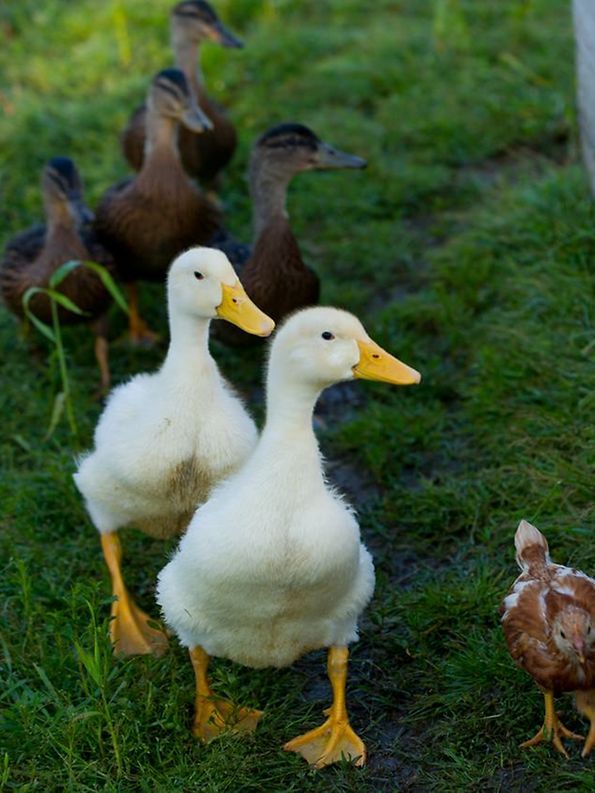 ..
..
than to feed and how to grow a dessert
Content:
- Wild ducks at home. Ducks and care
- Feeding wild ducklings
- Satcut duck tips for the content of wild ducks
- Barley;
- Ground grain;
- Crushed boiled eggs;
- Nettle green:
- Clover green;
- Legumes;
- Chalk:
- Salt;
- Crushed shells;
- Fish oil;
- Feed containing fermented milk products, etc.
Wild ducks at home breeding and care
Raising wild ducks at home can be a good business idea. Due to the fact that they are unpretentious in food, do not need increased attention, constantly lay eggs, and can bring a good and constant income to the farmer. It is up to the farmer himself to determine why to grow this bird. Feeding, even a lot of heads, will not be any problem, since the duck is not very picky about food. Duck is a bird that has become widespread in Russia, as it has dietary meat, does not require special conditions of detention, and is immune to many types of diseases.
Wild duck is good because it is adapted to a sharp temperature change. To maintain it, you do not need to buy expensive heaters and fluorescent lamps. Chicks do not need incubators. The bird is accustomed to live and breed in the wild. The same conditions should be maintained when breeding untamed duck privately. For them, you can build a small brick shed with a paddock for walking and a canopy, under which the bird can hide from rain, snow or scorching sunlight. Growing them in the warm season is still easier than during the frost period. Since in the warm season they spend most of their time in the immediate vicinity of water bodies, they also get their own food there.
Chicks do not need incubators. The bird is accustomed to live and breed in the wild. The same conditions should be maintained when breeding untamed duck privately. For them, you can build a small brick shed with a paddock for walking and a canopy, under which the bird can hide from rain, snow or scorching sunlight. Growing them in the warm season is still easier than during the frost period. Since in the warm season they spend most of their time in the immediate vicinity of water bodies, they also get their own food there.
Please note. In summer, there is a lot of fresh greens, which ducks need for the normal functioning of the intestines and the gastrointestinal tract.
Duck meat is considered dietary, as it contains a low content of animal fats. It contains a large amount of vitamins and minerals that are simply necessary for the human body. Duck liver has very useful properties. Of course, foie gras is made from the liver of ducks grown under special conditions.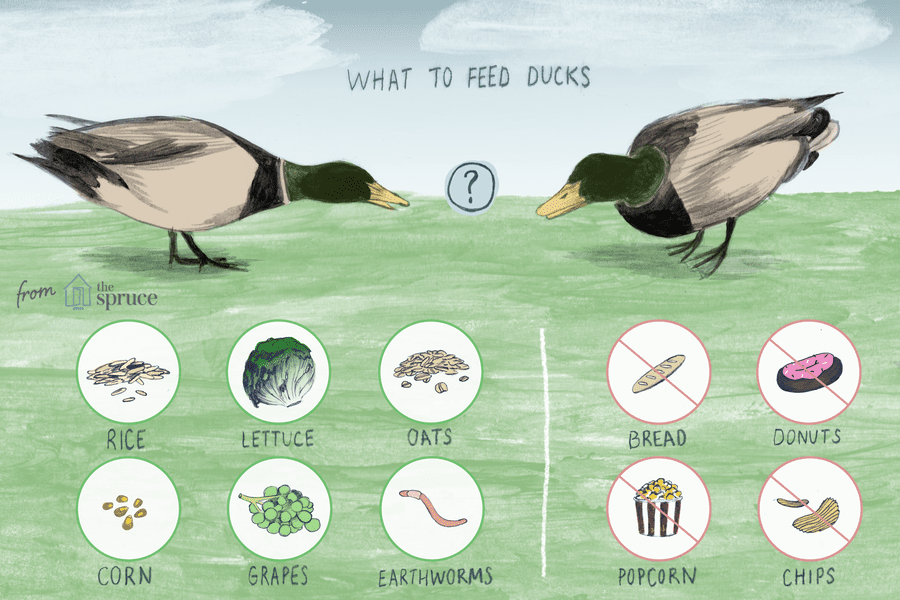 The liver of this duck breed can reach 500 gr. In home-raised wild ducks, this organ will not be so large, but useful properties are present in it in full.
The liver of this duck breed can reach 500 gr. In home-raised wild ducks, this organ will not be so large, but useful properties are present in it in full.
Wild ducks at home
Wild ducks at home are more suitable for growing wild ducks in a natural way than in cages. In cages, the bird will begin to mope. This depressive state can develop into an illness. The natural way is considered more profitable. The bird carries more eggs, eats a sufficient amount of greenery, catches fish in ponds, respectively, feed costs are reduced, it gains weight better, which, when slaughtered, will bring more profit.
When the chicks hatch, it is recommended to keep them warm. This can be done in an artisanal way: put a wooden box lined with foam plastic or other insulation on a container of hot water. Small ducklings are placed in the box. It is most convenient to raise chicks in the spring. It is in the spring that little ducklings can be fed with their usual products. In the spring there is no need to additionally warm the location of the ducklings. It will be enough just to protect them from through winds.
It will be enough just to protect them from through winds.
Ducks can also hatch other people's chicks, which for some reason turned out to be orphans. The duck will safely feed and raise other people's cubs, without dividing the chicks into relatives and non-relatives. If you feed wild ducklings in the same way as domestic ducklings, their meat will not differ. In wild ducklings, eating in natural conditions, the meat is a little tougher.
The most common house-dwelling wild ducks are the mallard, the gray duck and the red-headed pochard. Most of the other breeds are listed in the Red Book.
Feeding wild ducklings
How to feed ducklings at home
Regardless of the season, ducks need fluids. That is, there should always be clean water in the drinking bowl. It is recommended to change it once or twice a day. This is done in order to prevent many diseases, as they can be transmitted through water.
In summer, ducks need more fresh herbs and fish products.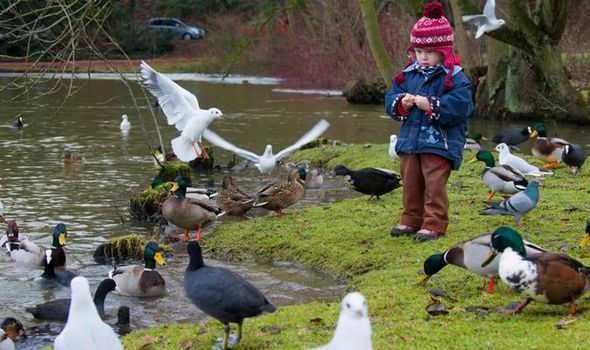
In the first week of life, young chicks should be fed once every three hours. How to feed wild ducklings at home?
The diet of little ducklings may include:
When the duckling reaches the age of one month, he switches to three meals a day. At this age, food waste, greens from ponds, carrot and potato tops can be included in the diet of ducklings.
Feeding wild ducklings
There are foods that ducks should not eat, such as: bread, spoiled food. These products can cause fermentation processes in the body of a bird, respectively, the risk of infections, diarrhea, and poisoning increases. Also, ducks do not perceive food in which there is a high content of sugar or various chemical components.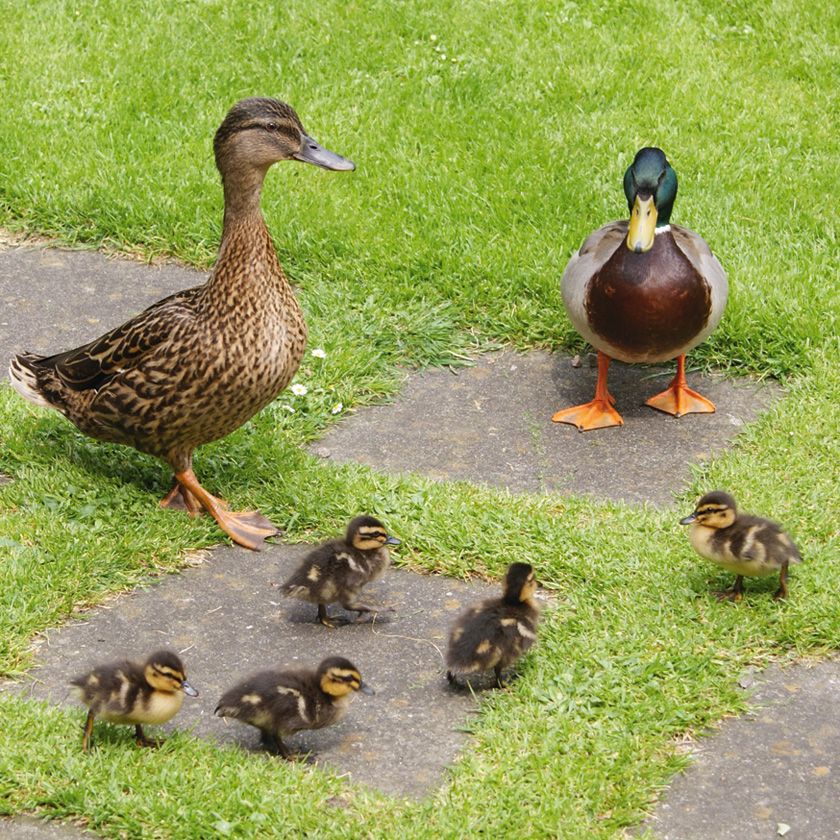 Eating such foods can end up very badly for a duck.
Eating such foods can end up very badly for a duck.
In order for wild ducks to lay eggs, they must be fed the food they are used to. What to feed wild ducklings? Most often, it is a grass that grows in water bodies. If it is not possible to add algae to the diet, then you can purchase food in specialized food stores that are intended specifically for wild breeds. They contain all the vitamin composition that ducks are used to in the wild.
In order for the bird to return to its home in the evening, it is necessary to accustom it to evening feeding. Ducks develop a reflex that at a certain time, in a certain place they will receive delicious food, so after walking, they will return home on their own.
Duck chicks at an early age eat the same as chicken chicks. But ducklings grow and develop many times faster than chickens.
Young ducklings do not eat much. But a farmer who decides to start breeding wild ducks at home should pay special attention to nutrition. With an unbalanced diet or a lack of vitamins and nutrients, ducklings begin to get sick. The first sign of poor nutrition is weak lower limbs. As soon as this symptom has become noticeable, the chicks should be immediately fed with vitamins.
With an unbalanced diet or a lack of vitamins and nutrients, ducklings begin to get sick. The first sign of poor nutrition is weak lower limbs. As soon as this symptom has become noticeable, the chicks should be immediately fed with vitamins.
Decoy duck
How to feed ducks at home
Wild ducks spend a lot of time on ponds. There are many signs associated with the quacking of these birds, namely on water bodies. For the most part, they predict large monetary gains. Small chicks should not be left in open water for a long time, as there is a high risk of catching a cold. The best option would be to place a large container of water in the place where the family of ducks lives.
Upon reaching the age of one month, wild ducks should be released into open water gradually. In the first week, 3 hours a day will be enough.
Decoy duck
Ducks, like other poultry and wild birds, are susceptible to diseases. If you follow the right care and monitor the quality of the products consumed by ducks in captivity, many diseases can be avoided.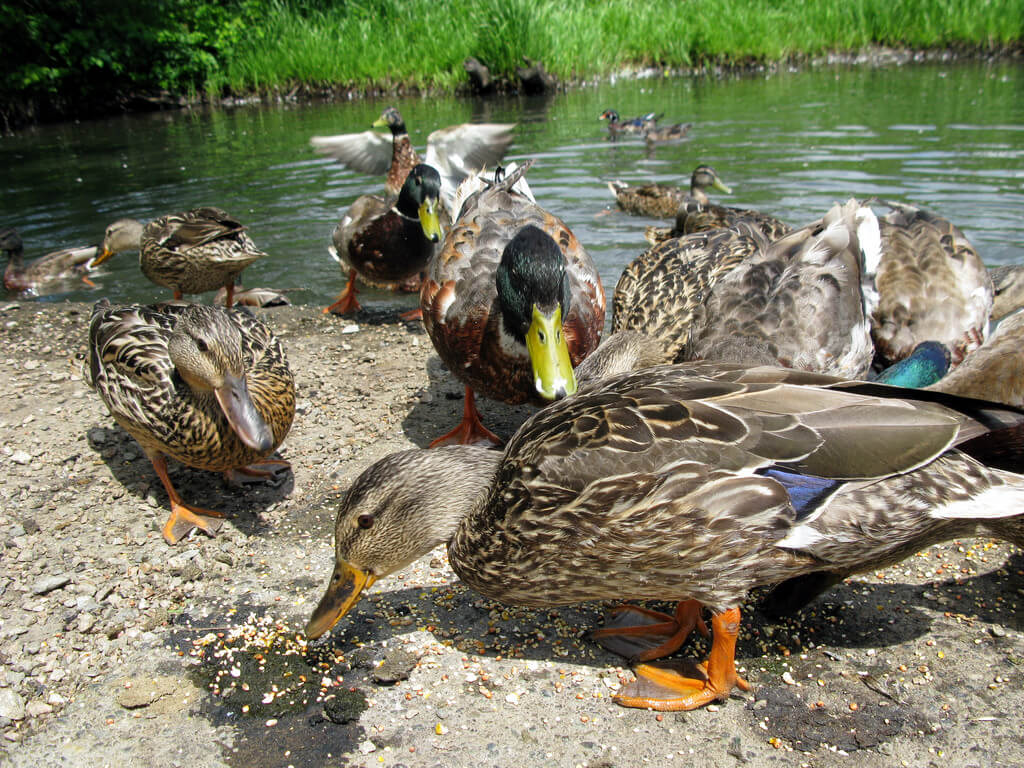
Please note! Some diseases can be transmitted to humans through the meat of infected poultry.
The area where the ducklings live must be kept clean and disinfected at least once a week, and the walls and floors should be treated with insect repellent. This procedure can prevent some serious infectious diseases.
Please note! Do not be afraid that the duck will grow up, stand on the wing and leave its home. In most cases, she gets used to the house, to constant, guaranteed food and water. She will not want to stay in an unfamiliar area for her and will look for her familiar place.
There is a species of bird that is specially bred to attract males to the herd. Such ducks are called decoys. A decoy duck is exclusively a female, respectively, it lures exclusively drakes. Males that are nearby flock to her voice to mate. That's how hunters catch them. The most common decoy is the mallard. For drakes, its appearance is important. She should be the owner of brown eyes, the plumage should be brown, the beak should be golden with a black ending, a high chest, the correct curve of the back. Also, it must be necessarily healthy, since the male will not mate with a sick female, due to the birth of unhealthy offspring. The timbre of the voice plays an important role. Males will not pay attention to the high and clear voice. But a slight hoarseness will interest the drake. Ideal age is 4 to 9months. It should also be borne in mind that a good decoy duck is extremely talkative. It is sold in nurseries. There are people who are breeding decoy birds. When choosing, it is recommended to pay attention to mobility and aggressiveness. The best will be the one with these qualities at its best. You can also grow decoy ducks at home. This business will also bring good profits. Breeding decoy ducks does not require much effort.
She should be the owner of brown eyes, the plumage should be brown, the beak should be golden with a black ending, a high chest, the correct curve of the back. Also, it must be necessarily healthy, since the male will not mate with a sick female, due to the birth of unhealthy offspring. The timbre of the voice plays an important role. Males will not pay attention to the high and clear voice. But a slight hoarseness will interest the drake. Ideal age is 4 to 9months. It should also be borne in mind that a good decoy duck is extremely talkative. It is sold in nurseries. There are people who are breeding decoy birds. When choosing, it is recommended to pay attention to mobility and aggressiveness. The best will be the one with these qualities at its best. You can also grow decoy ducks at home. This business will also bring good profits. Breeding decoy ducks does not require much effort.
In the summer, decoys need two meals a day. In winter, the number of meals should be doubled. By the middle of spring, the amount of food is reduced so as not to feed it, since an overfed bird will not energetically call the drake to itself.
Feeding ducks
It is easy to tame a decoy duck. It will take some time for her to get used to the person, then she needs to be hand-fed, be present when she bathes in a pond. The first time in order to tame, it should be taken more often in your arms. Even a novice hunter can handle this.
Tips for keeping wild ducks
How to feed indochka at home
On the 70th day of life, the male duck begins to molt, therefore, for the convenience of butchering the carcass, it is recommended to slaughter it before the molting period. Yes, and drake meat, after reaching the age of 2.5 months, there is nowhere to put it, as it becomes tough. This must be done so that later it is easy to pluck the carcass.
There are several plucking processes. But in order to successfully sell duck meat, you should know the nuances of each method. The first method is called hot. It is ideal for those who are going to immediately prepare a poultry dish and eat it.